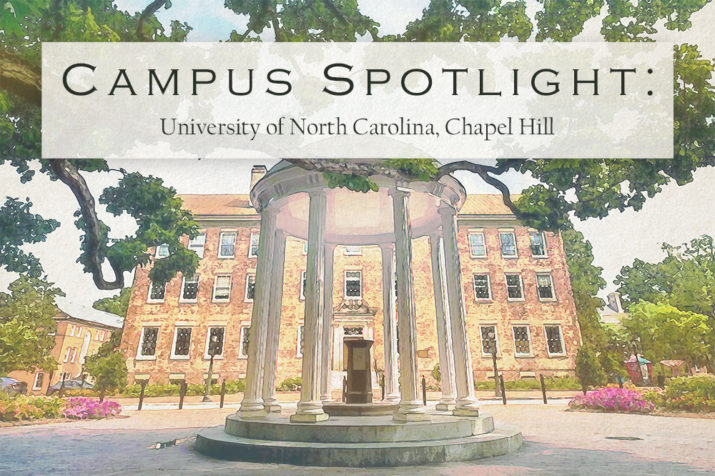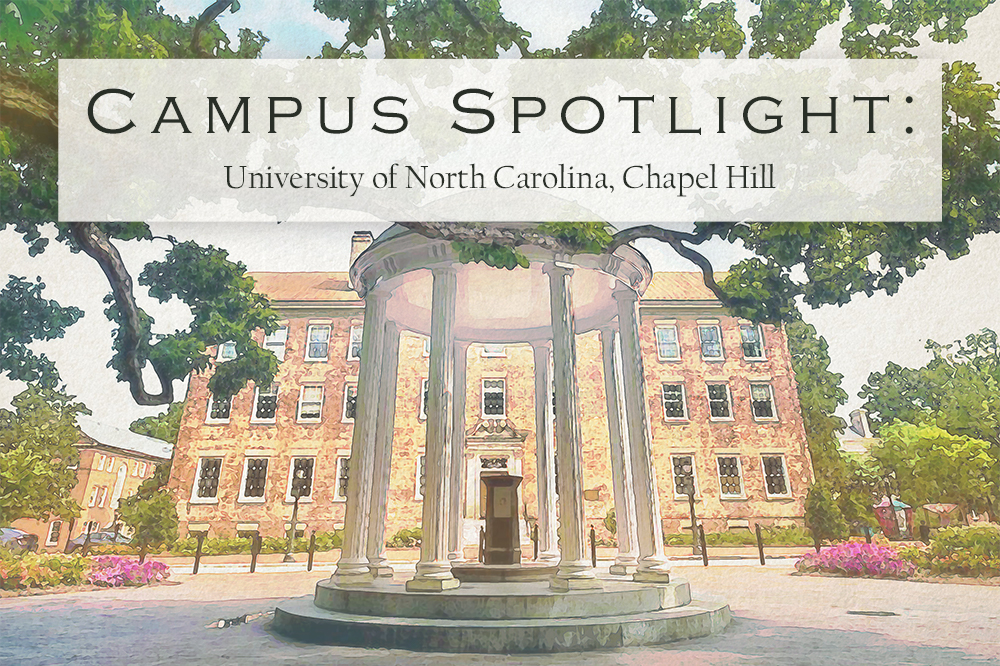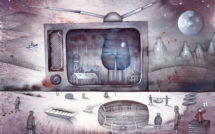

This is part of our special feature on Public Health in Europe.
A spotlight on the University of North Carolina at Chapel Hill.
When strolling on the magnificent and vast campus of the University of North Carolina at Chapel Hill, the visitor quickly gets a sense of the magnitude of the medical science engagement of the first public university in operation in the United States as an institution of higher learning where students first attended classes in 1795. Across the School of Medicine, the UNC Hospitals and Medical Center, the various biomedical lab buildings, the Gillings School of Global Public Health, the Nursing School, and the School of Dentistry, the health science footprint on campus is striking. Not surprisingly, health education programs at UNC-Chapel Hill have ranked high domestically and globally, with the UNC Gillings School of Global Public Health even coming in as number one among public universities and number two overall in the latest US News and World Report ranking (March 2019). In light of these tremendous achievements, and to accompany EuropeNow’s special feature on public health, I became curious about how much of this health education ecosystem reached into the social science and the humanities side of campus, and vice-versa about how welcoming the “hard sciences” might be of integrating an interdisciplinary approach into their respective curricula. I discovered that much creative and thought-provoking faculty-led overlap has been occurring for the benefit of not only students, but also for the enrichment of faculty research. The selection in this spotlight translates the collaborative spirit of many educators at UNC-Chapel Hill who are always thinking outside the box to build connections across the disciplines and beyond their distinct specializations, and in particular across the often difficult to bridge divide between so-called “hard” and “soft” sciences.
The pedagogical material assembled here is illustrative of the types of educational and research endeavors that UNC faculty have initiated to foster interdisciplinary thinking in their students, be they students in the medical school or in the disciplines of the social sciences or humanities. While Raúl Necochea López shares his syllabus on the history of medicine and experience as a historian teaching medical school students, physician Ugo Goetzl, in his article about the medical eponyms associated with poliomyelitis, delves into the history behind the naming of diseases. Connecting political and social change with health, Michele Rivkin-Fish, Mark Sorensen, and Jehanne Gheith highlight co-teaching projects in medical anthropology as they focus on health in post-Soviet Russia in three different courses that also underscore their various methodologies and approaches: Health and Gender After Socialism, Living, Healing, and Dying in Russia, and Anthropology and Public Health. Lindsey Smith Taillie and Mike Fisher, from the School of Global Public Health, provide additional examples with courses they teach that entail connecting health with multi-dimensional topics such as food policy or access to water. Emeritus Professor of Medicine and Microbiology/Immunology Dr. Nortin Hadler’s reflections help us better understand how this vibrant interdisciplinarity plays out, explaining what can get in the way of implementation institutionally, as well as ways in which his own field of medicine and public health intersect in providing health solutions to people and individuals. I am delighted that through this spotlight in EuropeNow Campus, my alma mater can contribute some of its expertise to the special feature on Public Health.
- “Health for the People and for the Person: An Interview with Dr. Nortin Hadler” by Hélène B. Ducros
- “Heine-Medin Disease: A Historical and Eponymous Perspective” by Ugo Goetzl
- “Teaching as a Historian in Medical School” by Raúl Necochea López
- “Syllabus: History of Medicine from the Patient’s Point of View” by Raúl Necochea López
- “Syllabus: Taxes, Bans, & Burgers: Global Food Policy and Obesity Prevention” by Lindsey Smith Taillie
- “Syllabus: Health and Gender After Socialism” by Michele Rivkin-Fish
- “Syllabus: Living, Healing, and Dying in Russia” by Michele Rivkin-Fish and Jehanne Gheith
- “Syllabus: Anthropology and Public Health” by Michele Rivkin-Fish and Mark Sorensen
- “Syllabus: Water, Sanitation, Hygiene and Global Health” by Mike Fisher
Hélène B. Ducros is a double graduate of the University of North Carolina at Chapel Hill, where she earned a JD (law) and PhD (geography) and received the Jean Cameron Grainger Interdisciplinary Research Scholars Fellowship. At EuropeNow, she is Chair of Research and Pedagogy.




